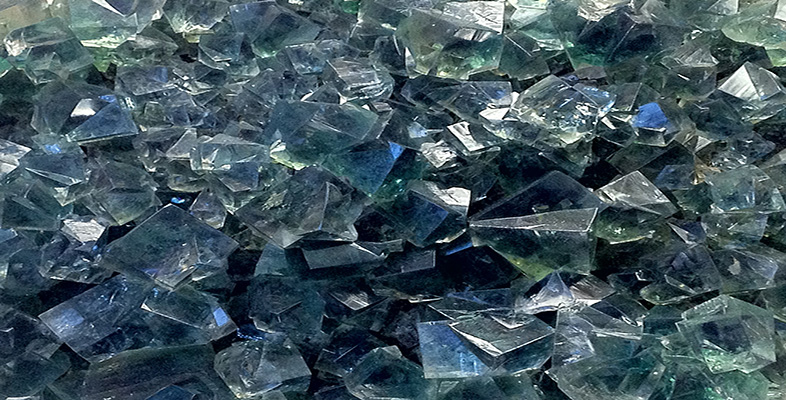2.2 Minerals and polarised light
A beam of light from an ordinary source, such as the Sun, consists of electromagnetic waves that vibrate in all directions at 90° to its direction of travel (Figure 28). Such a beam of unpolarised light can be modified to constrain its vibration direction to a single plane by using a polarising filter (a transparent sheet branded as Polaroid). Light transmitted through this polarising filter (or polariser) is called plane-polarised light (Figure 28). The direction of polarisation is the permitted vibration direction of the material. This effect is the basis for various observations using the polarising microscope that are important for identifying minerals.

